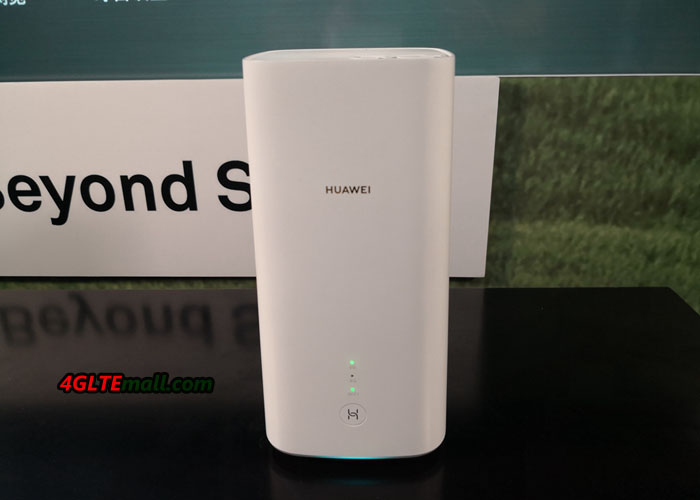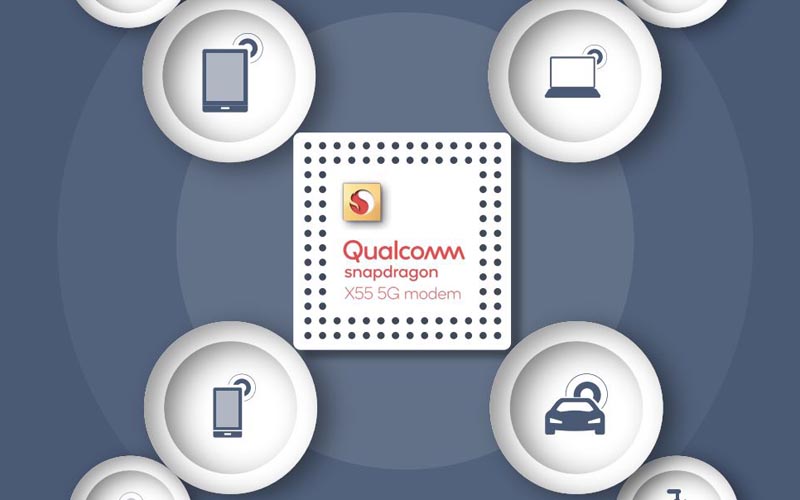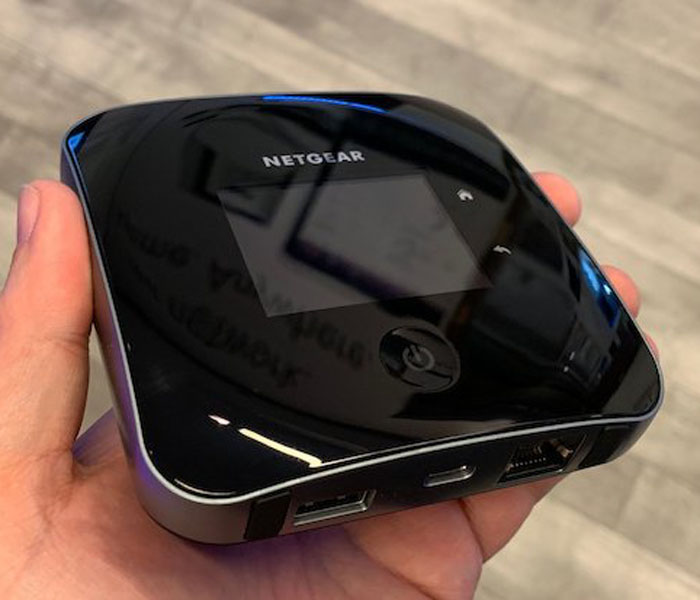Huawei officially launched the multi-mode 5G chipset called Balong 5000 and was first used on the Huawei 5G CPE Pro router. The perfect combination of these two products will bring the world’s fastest wireless connection speed not only on smartphones but also for larger spaces like houses, offices and other large spaces.
Balong 5000: Start for the 5G era
The Balong 5000 chipset is expected to help Huawei formally open the era for leading advanced 5G technology. In addition, the Balong 5000 chipset also provides optimal support on a range of other 5G products, such as home broadband network equipment, car-mounted devices and 5G modules. Thus, Balong 5000 will help consumers have the opportunity to experience 5G completely new in many different usage situations.
With a compact design (SFF) and a high level of integration, Balong 5000 supports 2G, 3G, 4G and even 5G on a single chip. This will minimize the latency and power consumption when transferring data between different modes, and significantly improve the user experience in the early stages of 5G deployment. Balong 5000 marked a big step forward for the Balong chipset series.
On the market, Balong 5000 is the first chip for download speed reaching 5G standard. In Sub-6 GHz band (low operating frequency, main frequency used for 5G), Balong 5000 can achieve download speeds up to 4.6 Gbps. In the mmWave spectrum band (high operating frequency, used for extended spectrum for 5G), Balong can achieve download speed of 6.5 Gbps – 10 times faster than the leading 4G LTE router in the current market.
Besides, Balong 5000 is also the first chip in the world to support both independent network architecture (SA) and non-independent (NSA). With a non-independent form, 5G network architecture is built on 4G LTE network platform. Meanwhile, the independent form, as the name suggests, will have its own architecture. Balong 5000 can flexibly meet different requirements from users and operators in connecting equipment throughout the development stages of 5G.
Moreover, Balong 5000 is also the world’s first multi-mode chip that supports the V2X protocol (universal connection method), providing a reliable and low-latency solution for connected media. Huawei’s 5G smartphones using Balong 5000 will be launched at the Global Mobile Exhibition (MWC) in Barcelona this year.
Huawei 5G CPE Pro – Huawei First Commercial 5G Router
Based on the Balong 5000, Huawei 5G CPE Pro router supports both 4G and 5G connections. With 5G network, a 1GB HD video clip can be downloaded in just 3 seconds. 8K format videos can also be played smoothly, without interruption. This set new standards for home CPE equipment. In addition, the Huawei 5G CPE Router can also be used for small and medium enterprises, with fast broadband Internet access speed.

Applying new generation 6 Wi-Fi technology, Huawei 5G CPE Pro router can provides speeds up to 4.8 Gbps. This is the first 5G CPE to support Huawei HiLink protocol, bringing smart home ecosystem (smart home) into the 5G era.
As a pioneer in 5G technology, Huawei has started to research and develop 5G since 2009, currently the only company on the market that can provide all devices for 5G networks. Huawei has more than 5,700 engineers working in the R&D department, including more than 500 network experts. In total, Huawei has established 11 creative cooperation centers for the 5G solution globally.





























